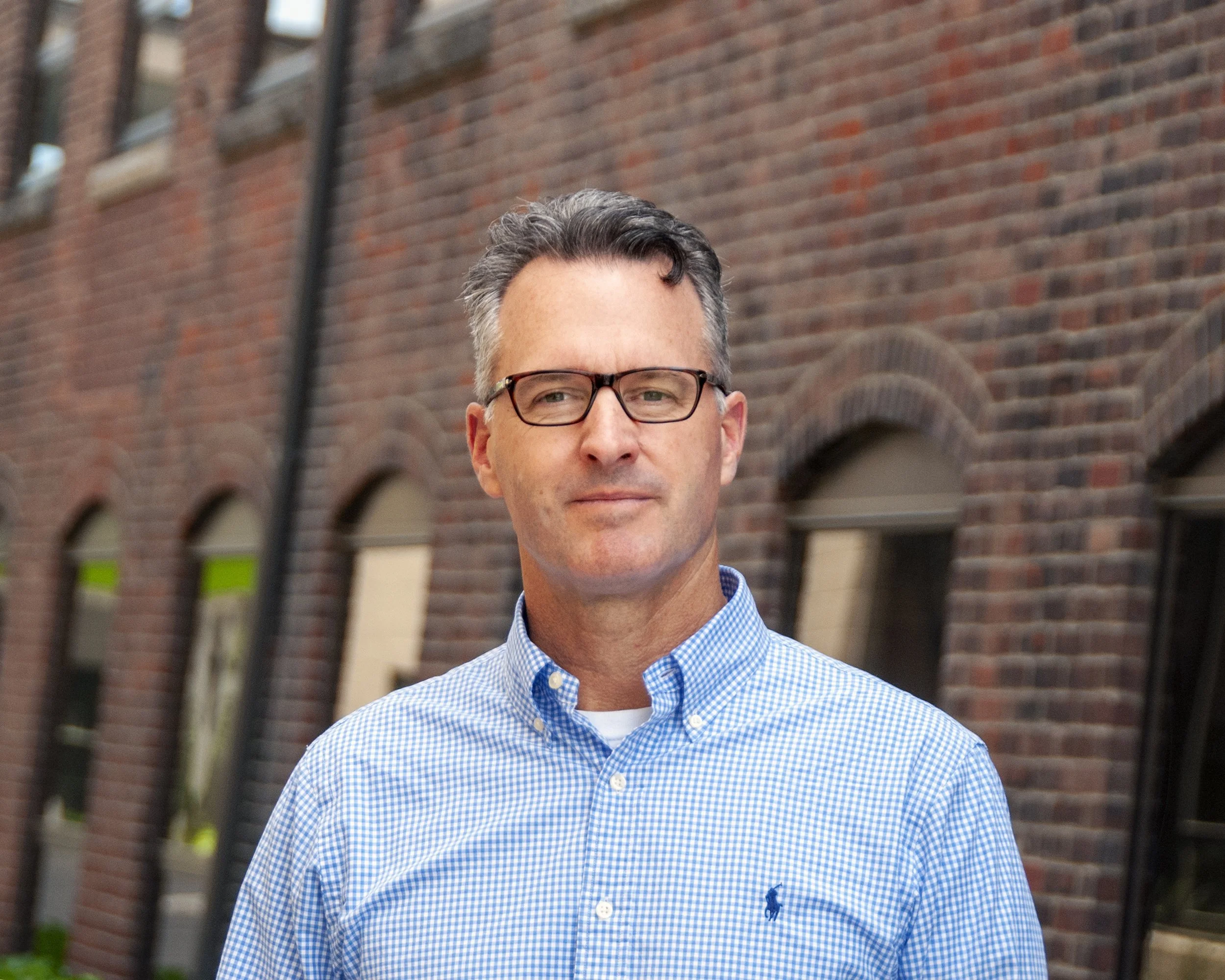Faced with NIH Funding Cuts, Universities Look to Reduce Research Facility Costs
Dan Diehl, CEO of Aircuity and managing partner of Thrive Buildings
With significant reductions in NIH grant funding, universities across the country are being forced to reevaluate their facility investments and operating budgets. One of the most immediate and impactful changes they can make is to optimize building ventilation, particularly in research labs, where HVAC systems account for some of the highest operational costs.
“Research space is overbuilt—most reports say by 20 to 25 percent,” says Dan Diehl, CEO of Aircuity and managing partner of Thrive Buildings. “This, coupled with NIH grant cuts, and even when funding returns, a reduction of as much as 70 percent will be seen flowing through to indirect costs. This is impacting new construction of research spaces and driving clients to figure out how to do more with less by becoming operationally efficient in their existing core facilities.”
HVAC: A hidden opportunity in research buildings
Diehl, a 25-year veteran in building optimization and airflow technology, collaborates with universities and life sciences companies to reduce Scope 1 emissions, achieve decarbonization goals, and enhance lab performance through more effective ventilation strategies. In a recent project for a university in New York City, his team was brought in to help address compliance challenges with Local Law 97 (LL97), which sets strict carbon emission caps for large buildings.
Thrive Buildings identified a research facility with significant potential for energy reduction, Diehl explains. The company then formulated a project specifically tailored to curtail energy usage within the laboratories while capitalizing on the utility rebates available in the New York City market. The results were dramatic: over 1.2 million kWh and 71,600 Therms were reduced, nearly 1,000 metric tons of CO₂ were saved, and a utility rebate covered 70 percent of the project cost. The effort also earned the university $255,940 in tax savings under LL97.
But projects like this don’t come without hurdles. “New York City was unique, with some legacy code issues that we worked through and ultimately got great support on from the NYFD [New York Fire Department],” Diehl notes. “I wouldn’t say ‘cautionary’ in the sense of avoiding these projects—I’d say clients want experienced teams who know what needs to be done and have done it before. That’s huge in these multi-faceted, more complicated projects that can’t be shut down, need to meet compliance requirements when finished, etc.”
While new construction may be delayed or downsized, retrofitting existing facilities brings its own set of challenges. “We’ve learned a lot over 15 years of doing both types of projects,” Diehl says. “In the US, design engineers and owners, in my opinion, should consider more diversity with safe gaps in case they ever need more capacity. We see this overseas but not as much here.”
He adds, “For retrofit projects, there’s a long list of lessons learned to ensure proper optimization—integration, engineering, test and balancing, commissioning, proper technology application, health and safety risk assessments—all top of mind.”
Ventilation upgrades in high-containment environments, such as vivaria or ISO 7+ cleanrooms, require even more coordination. “You have to have proper coordination and work through the various requirements of each stakeholder group, educating and aligning along the way,” he says. “It’s definitely a process, but usually worth it, as the savings are significant and operations are far better on the back end.”
Smart investments, real returns
Diehl stresses that cutting costs during design through so-called “value engineering” can lead to bigger losses down the road. “I also jokingly say that value engineering is usually ‘devalue engineering’ when implemented,” he warns. “Long-term ROI items and perceived ‘nice-to-haves’ vs. ‘must-haves’ often get cut. This never ends well.” He’s seen clients who “waste more in lost savings than the system originally cost.”
Proper funding strategies can make all the difference. “We’ve been incredibly successful in getting as much as 70 percent of our retrofit projects paid for,” says Diehl. “It takes experience, confidence in savings, and creative funding options for clients to fully capitalize.”
When evaluating lab portfolios, Diehl says even promising spaces on paper can be disqualified due to equipment issues or research requirements. “Most often, it comes down to mechanical equipment not working properly, not being able to achieve turndown, or needing controls upgrades,” he explains. “They include EH&S requirements, the type of research being done, accessibility, and more.”
While reducing costs and carbon emissions are top goals, the benefits of airflow optimization extend far beyond that. “PIs and workers are also happier—less noise, better comfort, better safety records in some cases, which can affect insurance costs,” Diehl notes. “Equipment lasts longer. And most overlooked—existing capacity is freed up, creating major savings for clients expanding or needing more capacity.”
As universities adapt to tighter NIH funding and increasingly stringent carbon regulations, investing in more innovative HVAC strategies may be one of the most impactful and cost-effective moves they can make, as it cuts emissions, improves safety, and protects their bottom line all at once.

